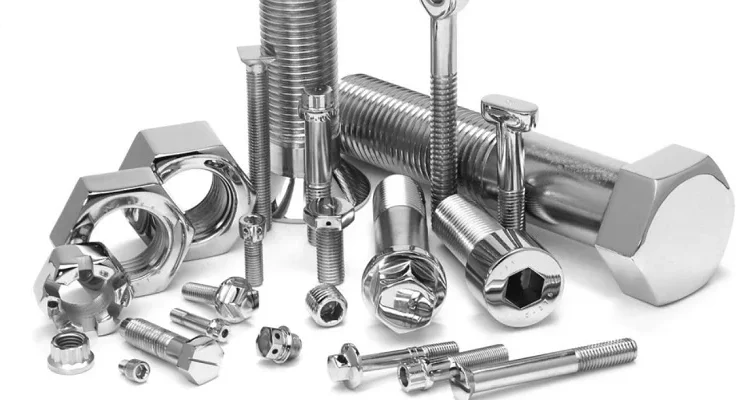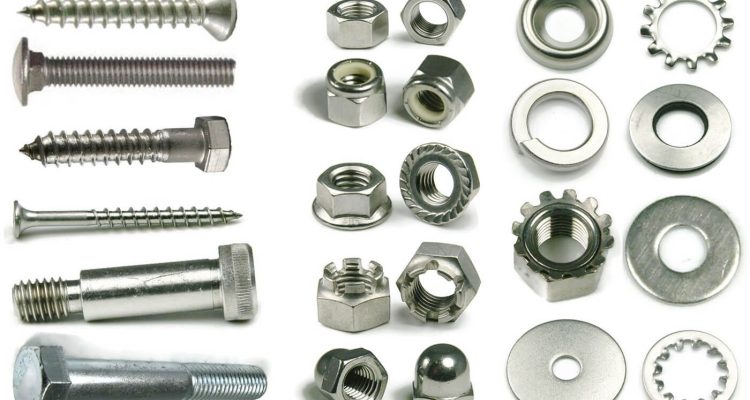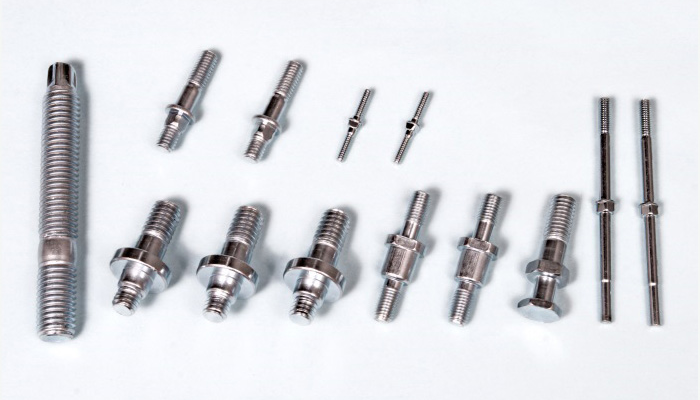
How to make threads
To make durable threads, twist long-staple fibers tightly and spin using a machine at specific settings for uniform thickness and strength, ensuring quality control with precise measurements.
Primary Methods in Thread Manufacturing
Thread manufacturing processes are crucial in virtually every field of engineering and manufacturing, from automotive to aerospace. In this article, I will take a look at the primary methods of thread manufacturing, breaking down each such process, and offering examples and and factual data.
Cutting Threads
One of the most common methods for manufacturing threads is cutting, which usually serves for the production of external threads. The process as such involves removing material from a workpiece with the use of a die or a lathe. For example, if we take a CNC lathe, a piece of metal rod is spun at a range of speeds from 600 to 900 RPM, while a threading tool carves the threads into the metal rod with great precision. Overall, this technique allows the best control over the dimensions and form of the thread, and they are best for highly precise applications, with examples such as the manufacturing of bolts for the automotive industry.
Rolling Threads
Thread rolling as a method has an important advantage in forming the metal without removing it. For this purpose, the process uses hardened steel dies, which press against the blank rod, forming its threads. The process is carried out at room temperature, which makes thread rolling a form of cold working. The pressure applied shifts the material in order to form a thread profile, and the process of cold working hardens the material and increases its tensile strength. It is no wonder that thread rolling finds its niche in industries necessitating highly durable threads, with examples such as the fasteners used in building construction or the fasteners of the landing gear in aircraft.
Grinding Threads
One of the most precise forms of thread manufacturing, the process is generally reserved for threads requiring the highest precision and smooth finishes. The example of the aforementioned application is the ball screws which are used in linear actuation. The process as such involves the use of a grinding wheel in order to shape the profile of the thread. A CNC thread-grinding machine with a grinding wheel is used to achieve tolerances of up to 0.0001 inch. As a rule, the process is used for the manufacturing of threads in materials that are particularly difficult to shape, such as hardened steel or exotic alloys.
Whirling Threads
Finally, as an entry on the list of less common techniques of thread manufacturing, I would like to present whirling, a rather uncommon method applied primarily in the manufacturing of internal threads – that is, inside something else. In order to achieve this, the workpiece is somewhat tubular, and generally hollow. The whirling process involves a ring of small cutting tools that orbit the workpiece and cut multiple threads at once. With a capability for mass production, the process is used to produce threaded tubing, which might be applied in hydraulic systems, or as vessels for storing high-pressure gas. The process serves its purpose well, given than tubing in industrial contexts is used at pressure, and with highly volatile chemicals.
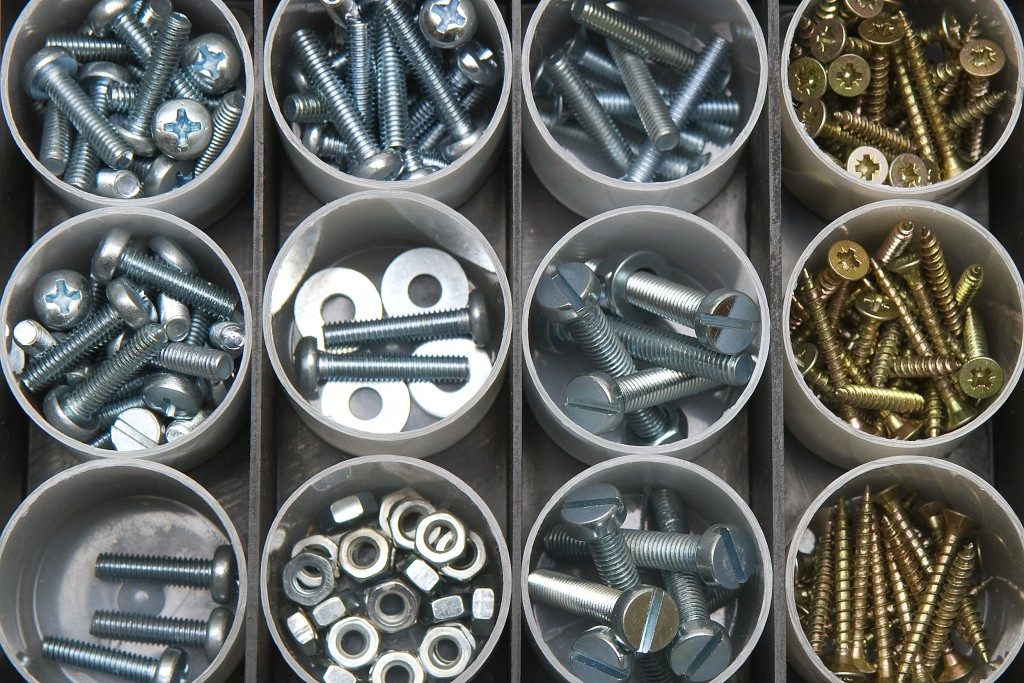
Types of Construction Fasteners
Drilling and Cutting: A Traditional Approach
Drilling and cutting are the cornerstones of traditional thread manufacturing. The process is used for both internal and external threads. In addition, there are a few decisive steps in the process based on the usage of instruments such as taps and dies or preset tools designed for treading applications.
Workpiece Setting
The first step is workpiece setting. In the case of external threading, a workpiece should be in the shape of a cylinder. The diameter of the piece should match the desired thread’s diameter. The material should have the required characteristics, such as tensile strength and corrosion resistance. In addition, the piece should be straightly and tightly aligned in the lathe or clamped manually. The precision of this step is crucial since the sloppy alignment will translate to a lack of precision in threads.
Pilot Hole Drilling
The next stage is drilling a pilot hole for internal threads. The hole’s diameter should be sizeably lower than the diameter of the thread. This measurement is based on the nature of the tapping that will be used to thread internal parameters. In other words, the device will cut the downside of the hole to form the thread. For instance, if the required thread diameter is ½ inch, the pilot hole can be 7/16 inch. This action is performed by using a regular high-speed steel drill bit.
Creation of threads
This action involves tapping the hole. For internal piece threading, the process involves a tap, a particular instrument with cutting edges used for threading purposes. The item is chosen to match the thread’s diameter and pitch, and the tap is aligned to a specific hole. Friction is a major issue and is dealt with by the application of oil or grease. The tap is then turned and screwed, slowly cutting the piece’s insides and forming a thread. The process requires uniform strength and should also be interrupted regularly to remove the existing cut chips. The opposite action is also recommended to remove debris. The process of threading external pieces is more straightforward, and the die itself is rotated, clamping around the workpiece. The device’s insides are cut-out profiles of the required pitch and draw a net by pressing on the material around the workpiece.
Finishing Touches
The last step is cleaning the thread by using a die grinder to remove the burs. The process ensures airtight contact of threaded parts and enhances the quality of the part to be threaded. Finally, the thread’s quality should be checked by mass-produced gages.
Milling Threads: Precision and Versatility
Milling threads are the most modern manufacturing method that combines precision and versatility. This method is used both for mass production and for non-standardized jobs. Milling differs from the traditional manufacturing method of cutting or rolling; computers control it. There are special tools and attachments that allow you to mill detailed and complex threads on materials.
Setting the CNC Machine
In the beginning, it is necessary to set the CNC machine. An engineer chooses the correct milling element and machine speed as soon as the CNC machine is set. The size and shape of the cutter depend on a required thread profile. For a standard metric thread M10, the engineer selects a single-profile thread mill. The cutter should be slightly smaller than 10 mm, the diameter of this cutter determines the depth of thread.
Programming the Machine
The next step is to program the CNC machine. The maximum accuracy of the thread depends on this important step. A programmer installs the coefficients of speed, course, and acceleration of a cutter and spindle. Usually, a thread pitch and thread depth are calculated. The pitch of a standard M10 thread is 1.5 mm, and the standard thread depth is 0.61343 times the pitch . The value must be recalculated and divided by 0.6323, which will be the resulting diameter of the cutter. It is about 0.920 mm.
Milling the Thread
The most important stage is the milling process. The cutter begins to cut when it moves NOT along the axis but along the passed contour. The cutter moves in a spiral along this pathway, perfectly cutting open the detail on which the thread is being made.
Verifying Quality of the Thread
Three threads are cut off after the detail is finished, and they are inspected for accuracy using precision gauges and microscopes. The milled thread’s accuracy is less than 0.0005 inches, which is extremely useful for the aerospace and automotive industries when producing threads in aviation titanium or Inconel.
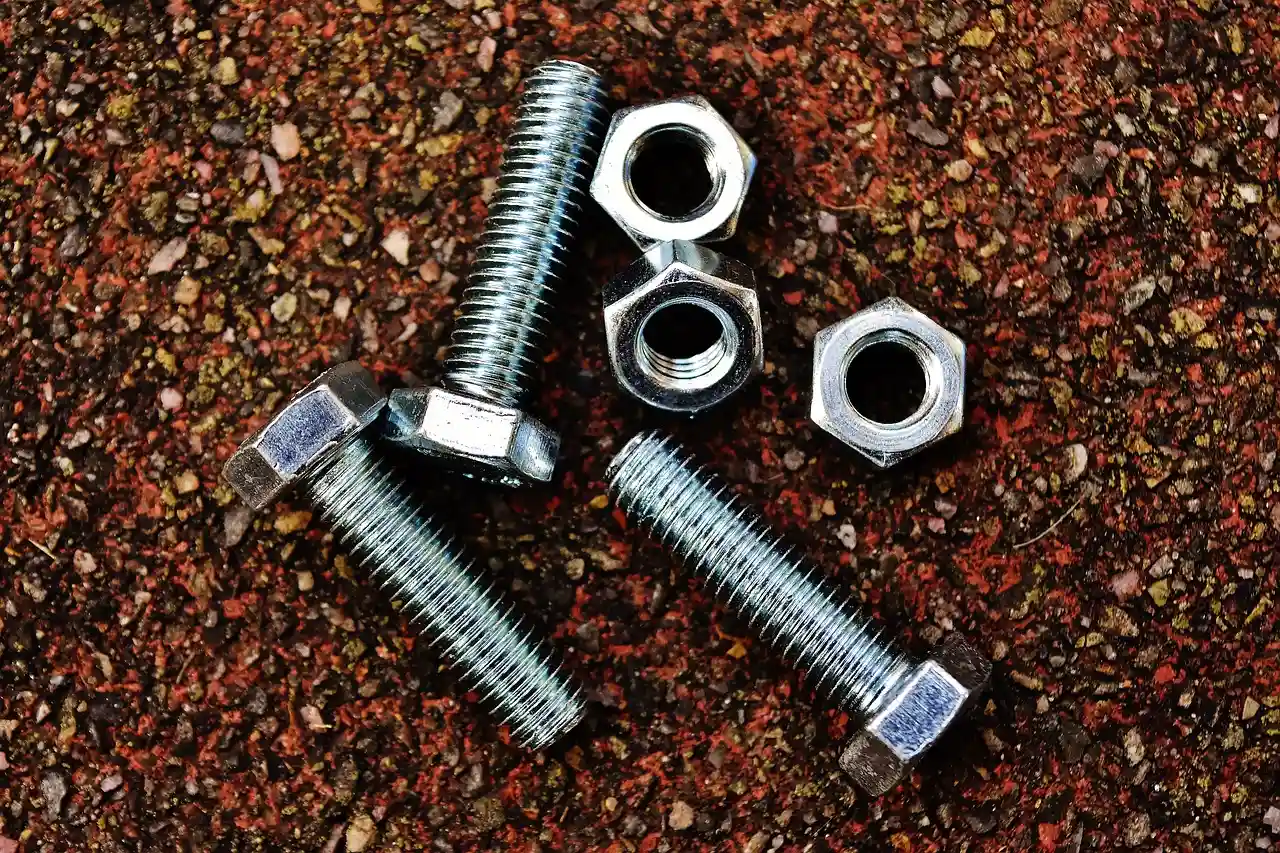
How to Find A Bulk Nut and Bolt Supplier
Thread Rolling: Efficiency and Finish Quality
Thread rolling is a highly efficient method known for the superior finish quality it offers. As such, it is preferred in mass production environments, where both speed and high precision are essential. The basic principle of this method is that the material of the workpiece is plastically deformed to create threads, which increases the thread’s strength and wear-resistance .
Selection of the Workpiece Material
The initial step is the selection of a proper material for the workpiece. Materials with a high degree of ductility and malleability, such as mild steel, aluminum, and certain alloys, are preferable because they can be pressed with high pressure without cracking.
Preparation of the Blank
The workpiece must be shaped into a proper part, usually referred to as a blank . For this purpose, the blank of a smaller diameter than the target thread form should be segmented. Precisely, when thread rolling to produce a final outside thread diameter of 0.50 inches with a thread depth of 0.05 inches, the blank’s outer diameter should be 0.45 inches.
Preparation of the Thread Rolling Machine
The thread rolling machine is equipped with a couple of hardened steel dies, which should reflect the negative image of the thread form that has to be created by the rolling. These dies must be securely placed with precision so that by pressing against the blank, they could shape the correct form of the thread.
Execution of the Thread Rolling
The blank is inserted into the thread rolling machine. It is clutched between two thread rolling dies. These revolve and press against the blank, thereby causing the material of the blank to plastically deform and assume the form of the threads of the dies. This method is very fast, and, depending on the thread’s size and material, the threads can be formed in a matter of seconds. The accuracies are quite high, too, at around ±0.0001 inches, and since the material is cold worked, the fatigue resistance of rolled threads is superior. Inspection of the formed threads is carried out with optical comparators and thread gauges . An advantage of this type of thread production is the smoothness of the threads which do not have rolled on the settlements and rolled undercuts found in threads produced in other ways, as well as the superiority in fatigue resistance and the load-bearing potential.


